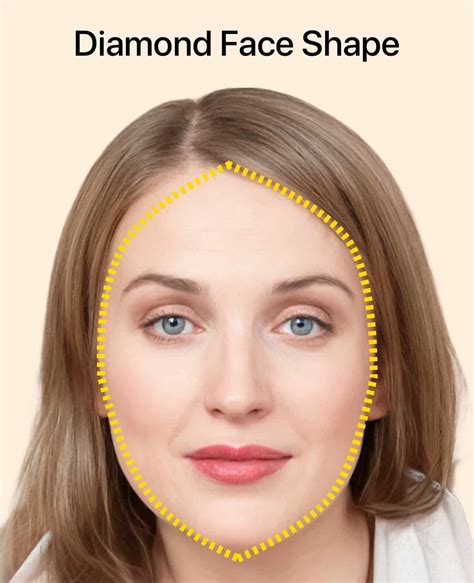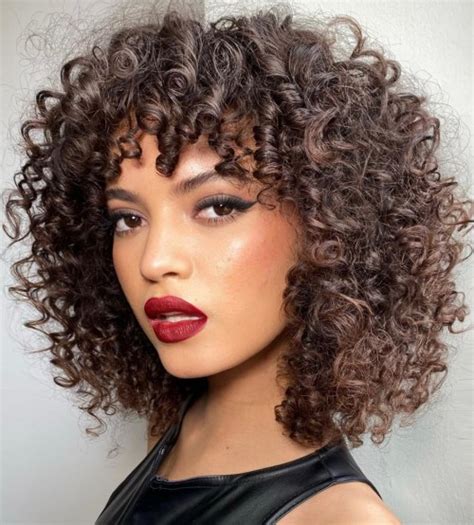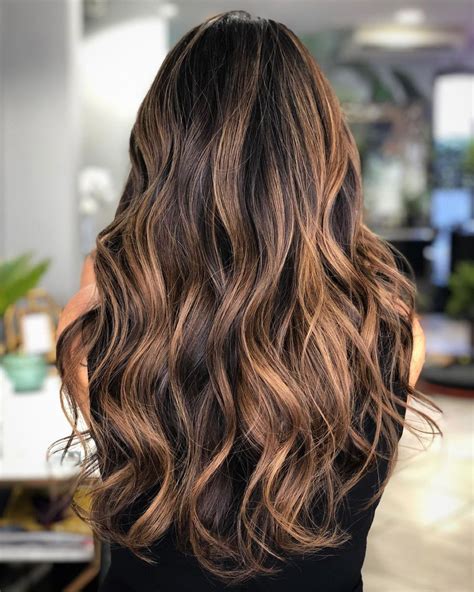Discover your ideal hairstyle by understanding face shapes, proportions, and angular features. Analyze jawline and cheekbones for personalized recommendations.
Understanding Different Face Shapes
Contents
When it comes to determining your ideal hairstyle, one of the first steps is to understand your face shape. Your face shape plays a crucial role in the way different hairstyles will look on you. There are several different face shapes, including round, oval, square, heart, and diamond.
To determine your specific face shape, start by pulling your hair back and looking in the mirror. Take note of the widest part of your face – is it your forehead, cheekbones, or jawline? Measure your face proportions by using a measuring tape to measure the length and width of your face, as well as the width of your cheekbones and jawline. These measurements will help in identifying your face shape.
If you have a round face shape, you will notice that the length and width of your face are almost equal, with full cheeks and a rounded chin. An oval face shape is longer than it is wide, with a narrower jawline and a slightly rounded forehead. A square face shape is characterized by a strong, square jawline and an equally wide forehead and cheekbones.
Understanding your face shape is the first step in determining the most flattering hairstyle for you. By paying attention to your facial features and proportions, you can make informed decisions about the best haircut and hairstyle to enhance your natural beauty. Stay tuned for more tips on how to measure your face proportions and identify your angular features.
Measuring Your Face Proportions
When it comes to determining your face shape, one of the key factors to consider is measuring your face proportions. Understanding the different dimensions of your face can help you identify your unique features and determine the most flattering hairstyles and makeup techniques.
Start by measuring the length of your face from your hairline to your chin, then measure the width of your forehead, cheekbones, and jawline. Pay attention to the symmetry of your features and take note of any asymmetries. Use a measuring tape or a ruler to get the most accurate measurements.
Next, compare the measurements to determine the proportions of your face. For example, if your forehead is wider than your jawline, you may have a heart-shaped face. If your cheekbones are the widest part of your face and your jawline is narrow, you may have an oval face shape. Understanding these proportions can help you pinpoint your specific face shape.
Measuring your face proportions is not only helpful for identifying your face shape, but it also allows you to assess your facial features in relation to one another. This can be valuable information when it comes to choosing hairstyles, glasses, and makeup looks that accentuate your best features.
Identifying Your Angular Features
When it comes to determining your face shape, one important factor to consider is identifying your angular features. Angular features refer to the sharpness and angles of your facial structure, including your jawline, cheekbones, and forehead. The presence of strong, defined angles in these areas can help you determine whether you have an angular face shape.
If your jawline is well-defined and has a noticeable angle, or if your cheekbones are prominent and create a strong line along your face, you likely have angular features. Additionally, a sharply angled or prominent forehead can also contribute to the overall angular look of your face.
One way to further identify your angular features is by analyzing photographs of yourself from different angles and lighting. Look for the presence of distinct lines and angles in the areas mentioned, as well as how shadows and highlights play off of these features. This can give you a better understanding of the overall shape and structure of your face.
Understanding your angular features is crucial in determining the most flattering hairstyles and makeup techniques for your face shape. Emphasizing or softening the angular aspects of your face can help create balance and harmony in your overall appearance, allowing you to highlight your best features.
Analyzing Your Jawline and Cheekbones
When determining your face shape, it’s important to pay close attention to your jawline and cheekbones. These two features play a significant role in defining the overall shape of your face. Whether you have a round, square, oval, diamond, or heart-shaped face, the jawline and cheekbones are key factors in identifying your unique facial structure.
One way to analyze your jawline is to feel for the angle of your jaw. Is it rounded and soft, or does it have a more defined and angular shape? For those with a more angular jawline, you may have a square or heart-shaped face. On the other hand, individuals with a softer, rounder jawline may have a round or oval-shaped face.
Similarly, your cheekbones can also help determine your face shape. Look in the mirror and take note of the placement of your cheekbones. Are they high and prominent, or do they sit lower on your face? High cheekbones are often associated with oval, diamond or heart-shaped faces, while lower cheekbones may be a characteristic of round or square-shaped faces.
It’s important to remember that everyone’s facial features are unique, and you may find that your jawline and cheekbones don’t fit perfectly into one specific category. That’s okay! The key is to use these guidelines as a starting point to help you better understand and embrace your individual face shape.
Determining Your Ideal Hairstyle
When it comes to determining your ideal hairstyle, the first step is understanding your face shape and proportions. Measuring your face proportions is crucial in identifying the angular features of your face, such as your jawline and cheekbones. Once you have a clear understanding of your face shape and features, you can then analyze which hairstyles will complement your unique facial structure.
One helpful way to determine your ideal hairstyle is by using the li (list item) html tag to list out the different face shapes and the hairstyles that best suit each shape. For example, if you have a round face shape, you may want to consider hairstyles that add height and elongate the face. On the other hand, if you have a square face shape, hairstyles with soft layers and texture can help soften the strong angles of your face.
In addition to considering your face shape, it’s also important to take into account your hair texture and personal style when determining your ideal hairstyle. Utilizing a table html tag, you can create a chart that compares different hairstyles based on their compatibility with various face shapes, hair textures, and personal styles. This can serve as a helpful guide when choosing a hairstyle that will enhance your unique features and flatter your overall appearance.
Ultimately, determining your ideal hairstyle is a personalized process that involves careful consideration of your face shape, features, hair texture, and personal style. By taking the time to analyze and understand these factors, you can confidently select a hairstyle that not only complements your facial structure, but also reflects your individuality and enhances your overall look.











